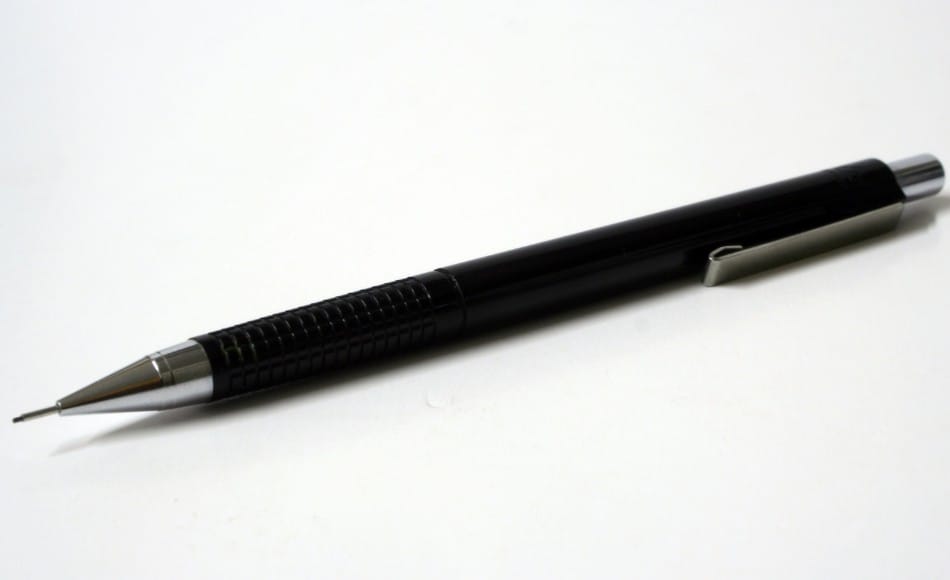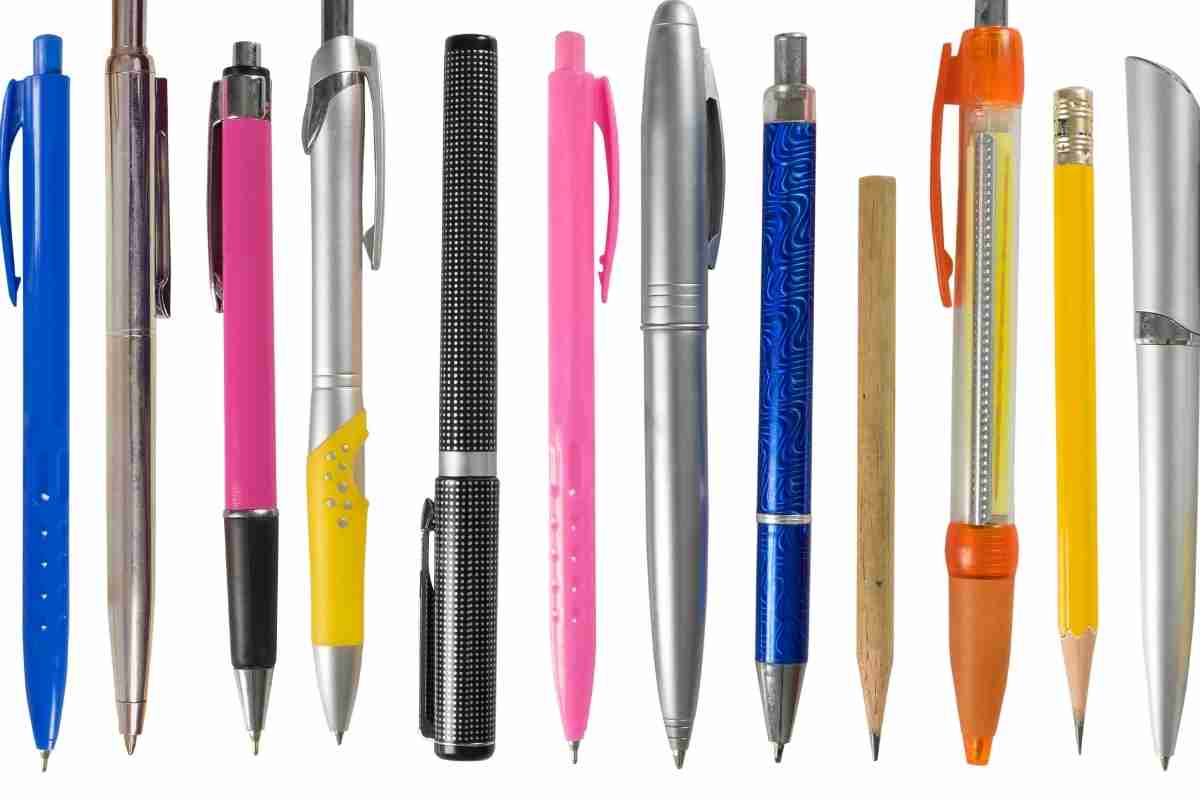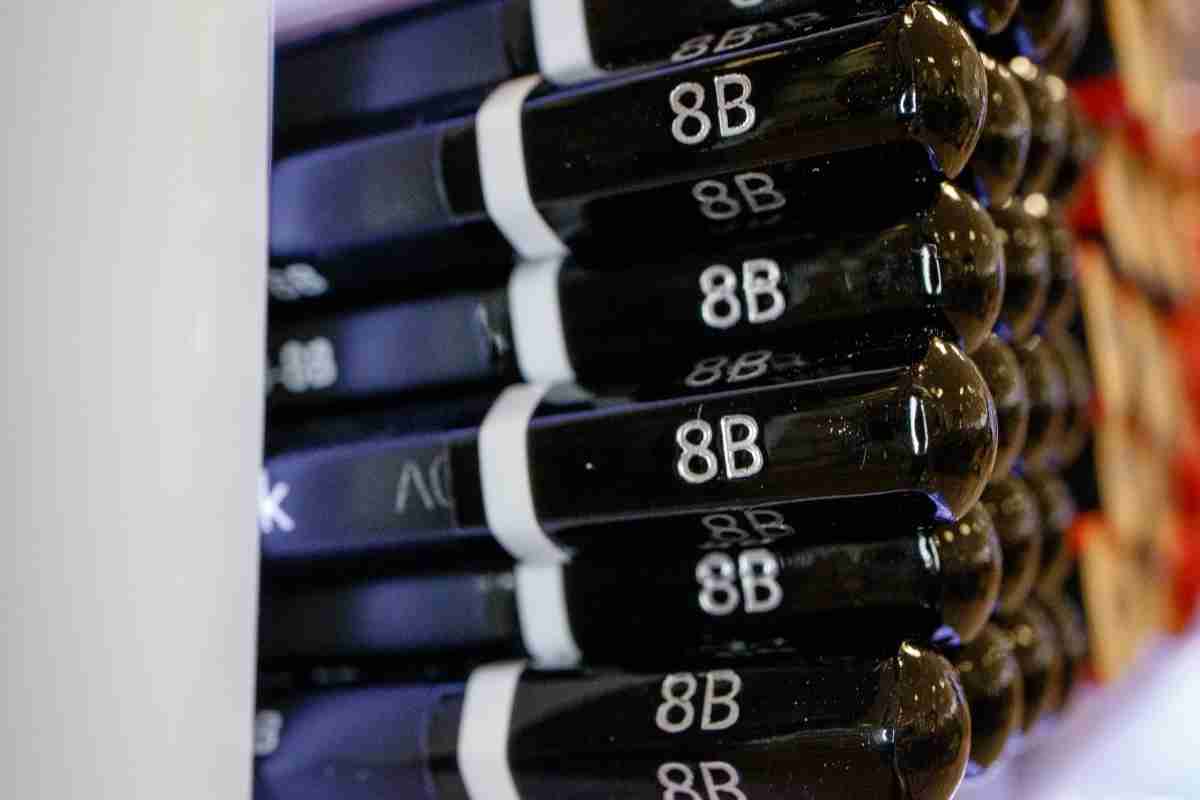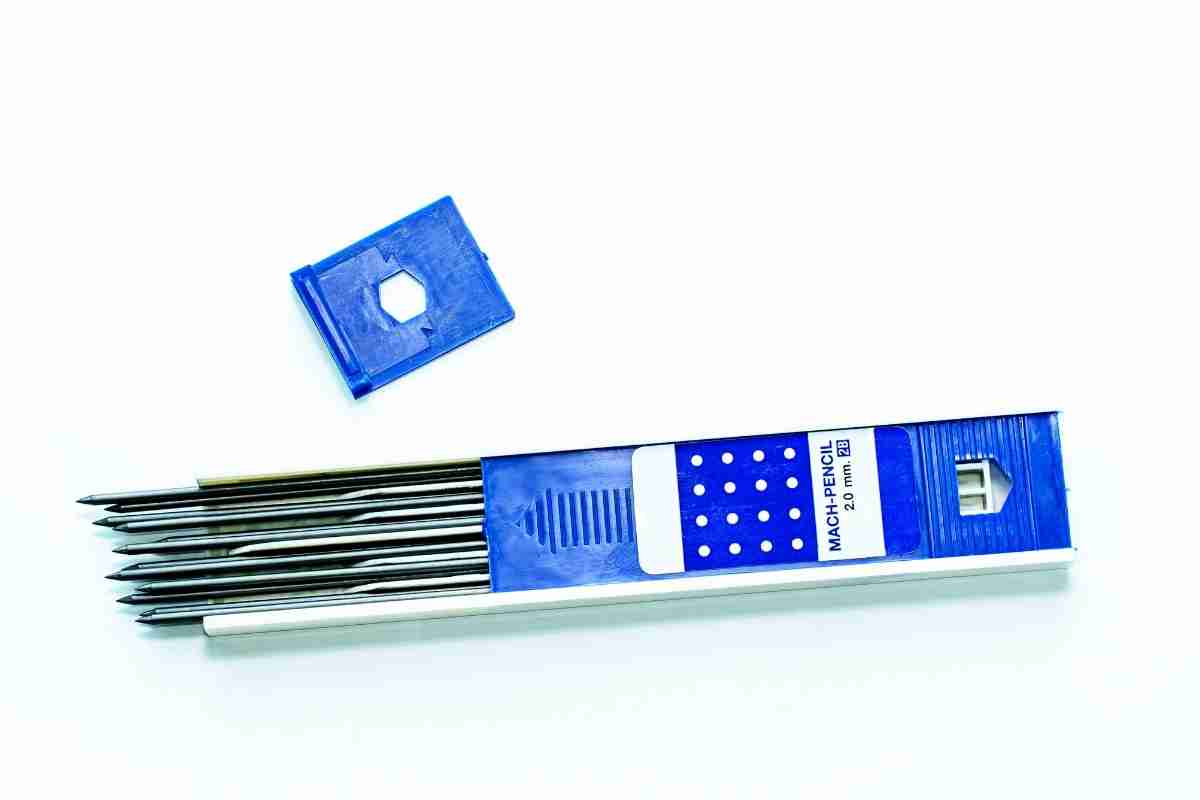It can be easy to assume that all pencils are created equal. After all, they both have lead in the tip that writes on paper, right? Not so fast! There’s a big difference between a drafting pencil and a mechanical pencil, and knowing which one to bring along with you to your next art project is key. Let’s explore the differences between these two types of pencils so you can make the best choice for your needs.
What is a Drafting Pencil?
When it comes to sketching and drawing, a variety of pencils can be used, each with its own advantages. A drafting pencil is a type of pencil that is designed specifically for use in precision drawing and sketching.
Drafting pencils have a lead that is much harder than a traditional pencil lead, allowing them to produce fine lines. They also typically have erasers designed to erase small details without damaging the paper. For these reasons, drafting pencils are an essential tool for any artist who wants to produce precise drawings.
Drafting Pencils:
Long Lead Sleeve Is The Major Difference
What is the difference between a drafting pencil and a mechanical pencil? One of the main differences is that a drafting pencil has a longer lead sleeve. The lead sleeve on a pencil is the part of a pencil that extends from the cylinder and ends where the lead comes out.
A long, thin lead sleeve is ideal for precision work since it gives you a more unobstructed view of what you are drawing.
While you can use a drafting pencil to draw, using a drawing pencil for drafting is more difficult because it makes it harder to work with high precision. That doesn't mean you can't use a drawing pencil for drafting, but why would you want to? Why not use the right tool for the job at hand?

Can Be Sharpened To A Long Point For Drawing
Going back to precision, drafting pencils allow the lead to be sharpened to a fine point. Anyone that has ever sketched or is a serious artist will tell you that a finer point allows for more precision.
A long, fine lead is great for drafting and an excellent option for fine pencil drawing. It's not a great option when trying to render dark values or add a variety of gradations to your work. A long, pointed lead here is more likely to break, so you shouldn't use a drafting pencil for rendering or shading.
Available To Purchase In A Variety Of Price Levels
When it comes to drafting pencils, you can buy a relatively inexpensive one or spend a lot of money and buy a high-end pencil. What you get depends on what you're comfortable spending. Will a high-end pencil perform better?
Absolutely. Does that mean that a less expensive pencil isn't worth buying? Not at all. Get a pencil you can afford, spend time getting to know it, then, before you know it, you'll be able to use it proficiently for drafting or drawing.
One option you should consider is buying a less expensive pencil now, and then, when your finances allow, you can always invest in a more expensive one down the road. You may find that the less expensive one you've grown accustomed to is perfect for your needs. Click Here to View the Best Drafting Pencils on Amazon.
Lead Grade Indicator Included
When working with drafting pencils, many people prefer to use more than one type of lead. Harder leads are used for initial sketching and layout, and softer leads are used for detailed rendering. You could invest in multiple drafting pencils, but if you're buying expensive pencils, that could amount to a serious investment. A better option is to take advantage of the lead indicator feature.
This allows you to load different leads into your pencil and then never lose track of what you have because of the built-in lead indicator.
Knurled Metal Grip
A knurled metal grip on drafting pencils is another feature that points to their intention of being used for precision drafting. It may not seem like that big of a deal, but having a steady grip enables you not to worry about slipping at an inopportune time.
Eraser Cap
Drafting pencils are easily recognizable primarily due to the small eraser cap on the tip of them. This eraser doubles as a lead stopper, and it's designed for precision erasing. You certainly don't want to erase large areas with this eraser, but when you're trying to erase small areas without accidentally erasing parts of the drawing, you need to keep this eraser ideal.
Mechanical Pencils:
Can Be Altered To A Variety Of Lengths

As young artists, many people are told that mechanical pencils are not the best option for drawing. While traditional pencils make it easier in some respects to add shading and value, this can be done just as well with a mechanical pencil once you've spent enough time learning how to do it.
One massive advantage of mechanical pencils over traditional pencils is the small, sharp lead that can be extended with a simple click. You can keep the lead as short or long as you like, and flexibility is always necessary when working on your next masterpiece.
Obtainable In A Range Of Widths
Another advantage that mechanical pencils offer is a wide range of widths. This goes back to flexibility; the more flexible your tool is, the more it's likely to work for your purposes. Working with a thinner lead makes sense if you plan to do a lot of precision work.
If you plan to do a lot of shading where you'll need to put a lot of graphite down on your paper quickly, then using a thicker lead is a better option. In an ideal world, you'd have multiple different mechanical pencils on hand with a wide range of widths, so you'd always have the right tool for the job. Click Here to Read my Post: How to Choose a Mechanical Pencil.
Last Longer
When you use traditional wood pencils, you have to sharpen them. Frequently. Not only is this time-consuming, but it gets shorter each time you sharpen that pencil. Before you know it, you'll have a tiny nub of a pencil that you can hardly grip. That's when it's time to start the cycle over again and grab the next pencil.
Conversely, to sharpen a mechanical pencil, you just click it and watch as the tiny, sharp lead emerges. It never gets shorter, and when you need more lead, you load more lead into it. The point is that mechanical pencils last far longer than traditional pencils, making them a much better value.
You Can Obtain Replacement Leads
When a mechanical pencil runs out of lead, you can quickly load more into it. In fact, lead is so inexpensive that it's good to keep an ample supply on hand. This certainly beats throwing out a wood pencil and sharpening another one.
Mechanical pencils are familiar enough now that you can buy a pencil lead just about anywhere, so you never have to worry about running out.
Erasers Attached To The Pencil
The little eraser on the back of a mechanical pencil is great when you're using it to write. Unfortunately, they aren't the best option when drawing with a pencil. On the plus side, they are good at erasing light marks, and they're small enough that you're afforded a fair amount of precision. On the downside, if you try to remove more substantial marks with these erasers, you'll usually end up failing, and you could also end up tearing the paper.
Fine Polymer Lead Mixed With Oil More Sustainable Lead
For anyone concerned about the environment, having polymer mixed lead should be a nice perk to using mechanical pencils. Polymer lead looks and behaves identically to graphite, but it has the bonus of being better for the environment. Given its environmental benefits and the fact that it performs like graphite, there's no reason not to love polymer lead.
Polymer Leads Erase Easier Than Graphite Pencils
While polymer lead might have a similar appearance and performance to graphite lead, it does shine in one key area, and it's much easier to erase. When you start any drawing, you should begin by creating a light, loose sketch to serve as a foundation for what you will create. This light, loose sketch won't be visible once you're done with your drawing, but much like the foundation of a house, it's still essential. This is what makes polymer lead such an excellent tool for artists, it gives you the ability to more easily erase the marks that you make, opening up your ability to sketch more freely when starting out a drawing.
Encased In Colored Jacket
While a colored jacket isn't the most crucial part of a pencil for an artist, it does add a visual aesthetic that you should appreciate. Another advantage of purchasing mechanical pencils with different colored jackets is for an organization. If you have more than one mechanical pencil, and you like to work with graphite that varies in width and hardness, then using colored pencil jackets is an easy way to keep things straight.
Why Are Mechanical Pencils So Expensive?
Have you ever wondered why some mechanical pencils are quite expensive? Sure, you can go to most stores and pick up the cheaply made mechanical pencils for a few dollars, but the quality ones are quite a bit more than that. Why is that? It's simple, it's because they are made with quality materials and designed to last. You tend to get what you pay for, and when you pay for a high-quality mechanical pencil that you can use for the creation of artwork, you should expect to get many years of service out of that pencil.




